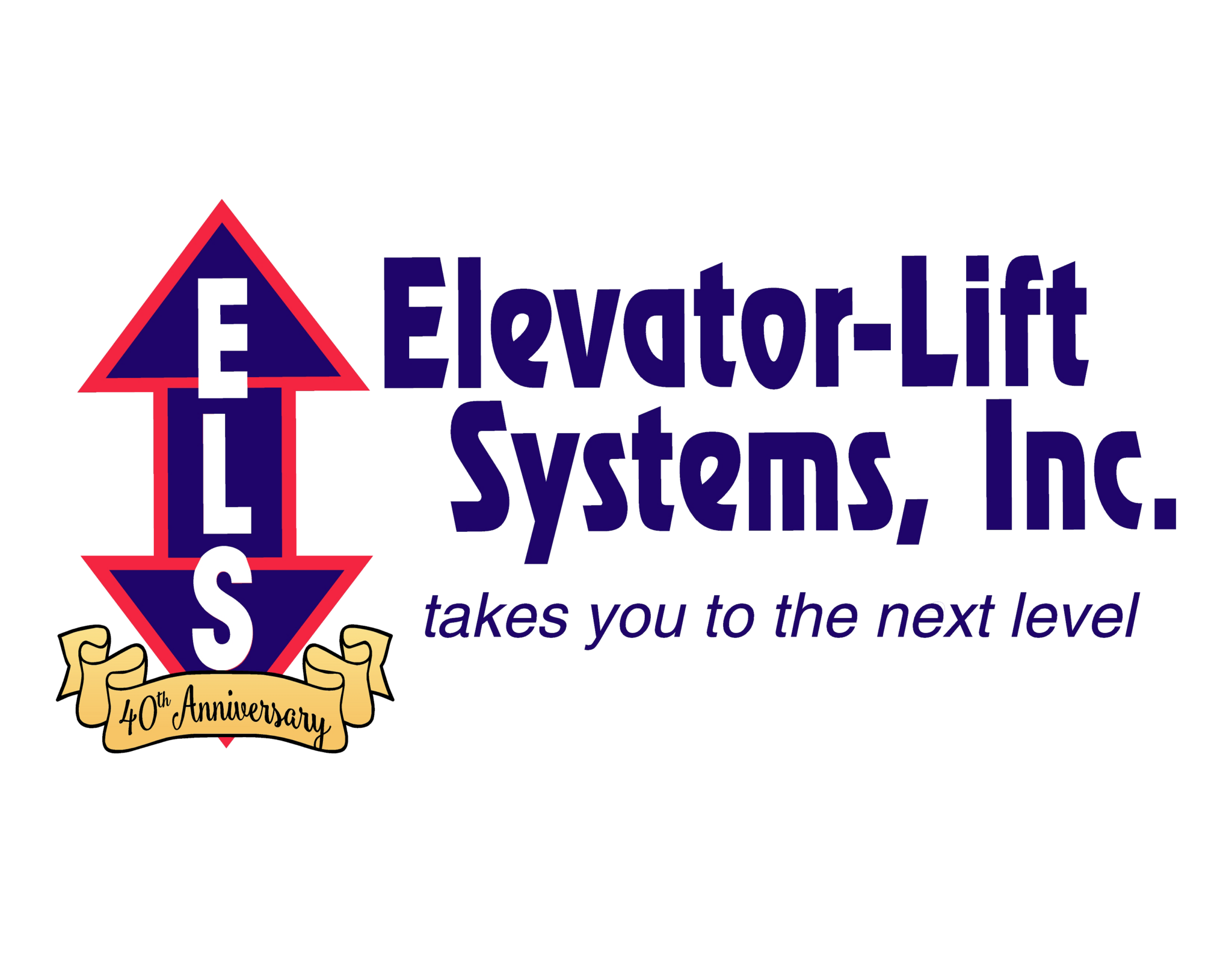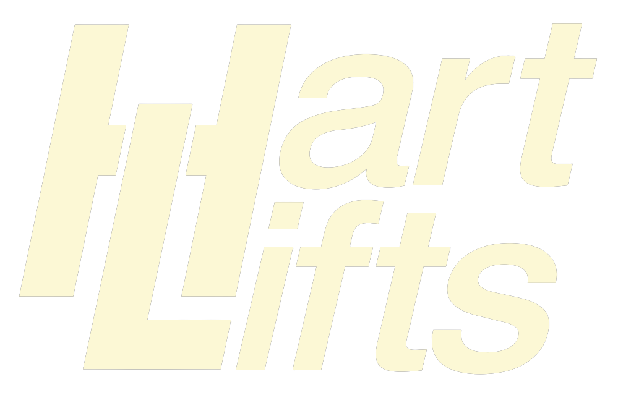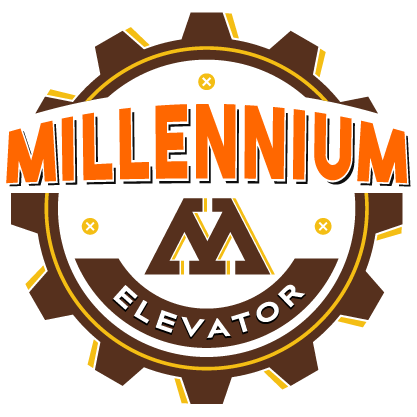Centralized Elevator Service Management Software
Become more efficient while streamlining your workload with an all-in-one business management system built specifically for elevator service companies.
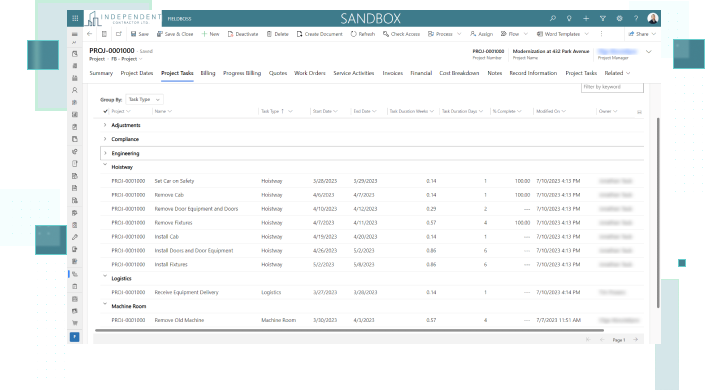
Simplify Operations While Maximizing ROI
Modernize daily tasks with innovative business management software that enables complete visibility into every aspect of elevator service performance. FIELDBOSS unifies finance, field service, and business management software solutions so elevator contractor organizations can leverage growth, and minimize technical overhead – while never needing to be replaced.
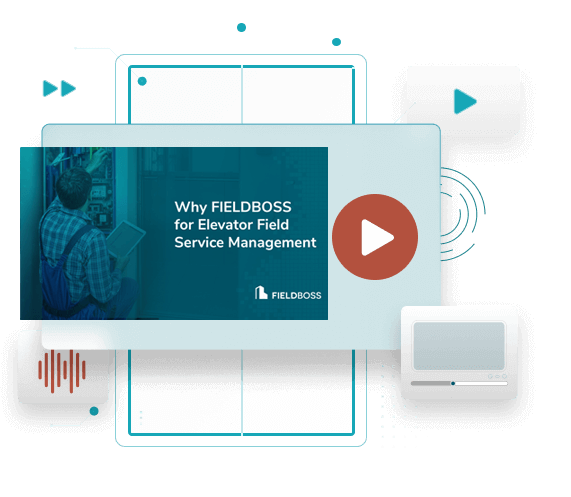
Why Choose FIELDBOSS for Elevator
Discover the FIELDBOSS difference! Watch this short video and see why more elevator contractors are choosing us to drive their operations to new heights with FIELDBOSS.
Watch NowReliable Elevator Software That Will Never Be Obsolete
Boost efficiency and drive business growth with scalable, AI-powered, configurable software designed to mitigate risk, improve daily operations, and increase profitability. Built on and powered by proven Microsoft cloud technology, elevator contractor companies can leverage FIELDBOSS to eliminate the burden, risks, and cost of maintaining multiple disconnected systems.
Elevator Maintenance Checklist
Safety Test and Violation Management
Elevator-Specific Data and History
Elevator Maintenance Checklist
Show the value of your maintenance contracts with mobile-accessible reports including pre-defined maintenance checklists that feature data on equipment and visit frequency.
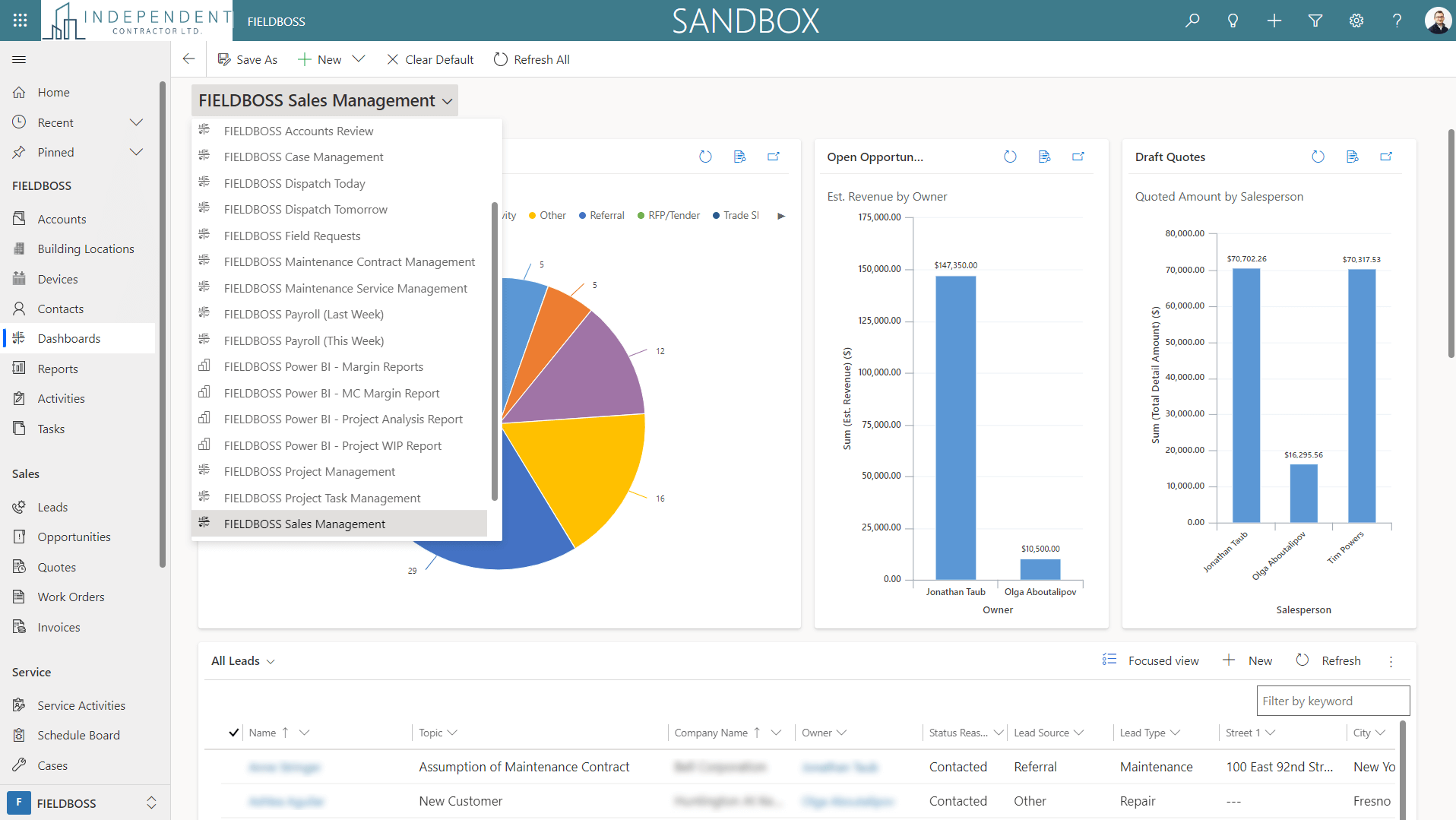
Safety Test and Violation Management
Ensure compliance by automating data capture, workflow, and reporting. Manage periodic elevator testing requirements and violations from start to clearance to avoid costly fines and penalties.
Learn more: How to Efficiently Manage Elevator Safety Tests

Elevator-Specific Data and History
Effortlessly track and access a comprehensive work history along with detailed information on elevator-specific parts, including machinery, hoistway, doors, cabs, fixtures, and more.

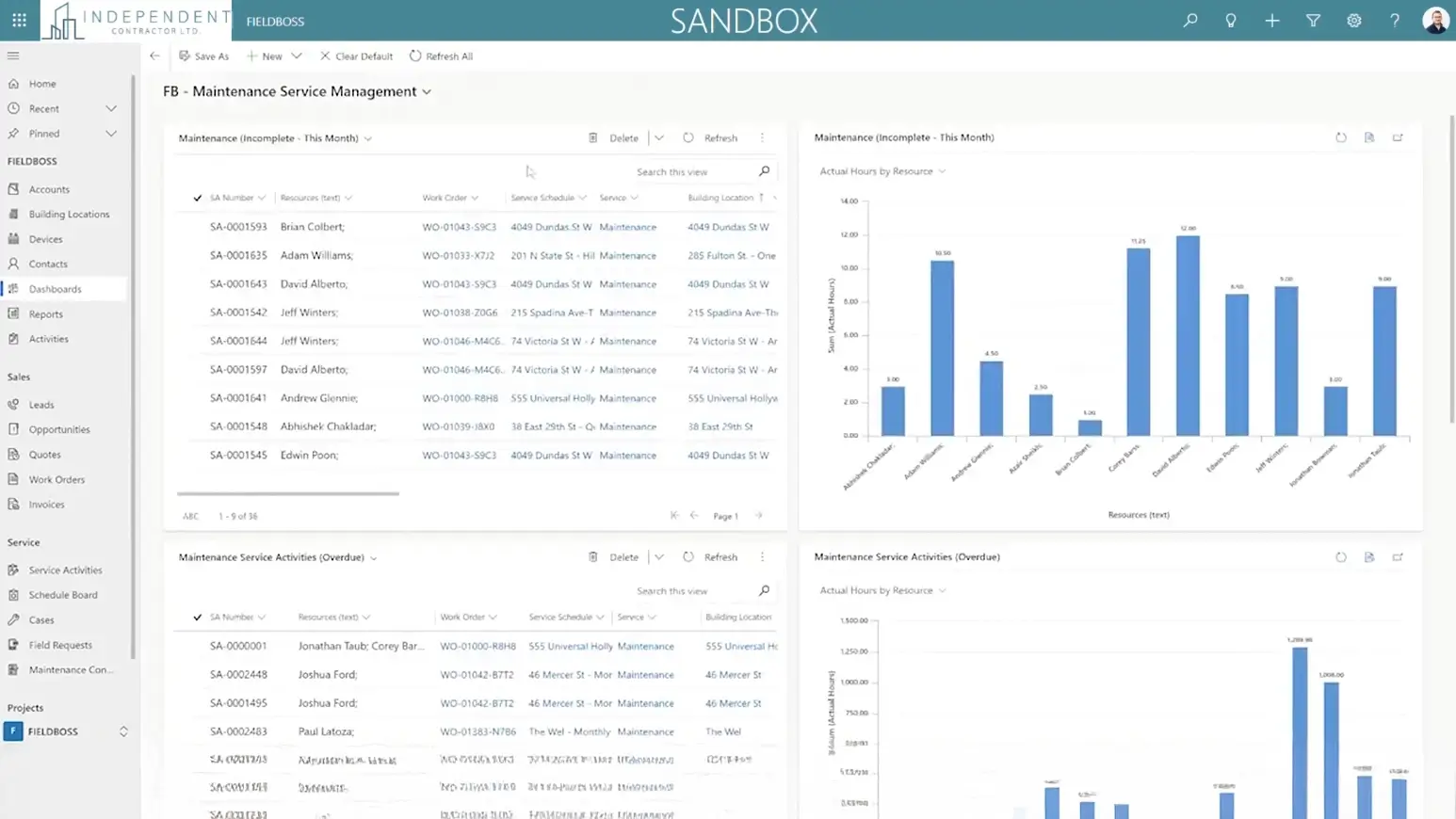
Take Control of Your Maintenance Contracts
Discover how to streamline scheduling, automate routine tasks, and ensure timely service delivery for every job.
Learn HowAccess Data From Anywhere with FIELDBOSS
Schedule jobs, communicate with customers, and boost efficiency on the go. Our mobile features empower you to create purchase orders, handle service ticketing, track and manage equipment, materials and time, conduct inspection checklists, intake field requests, access sales assistance, and much more—all from any device with a web browser.
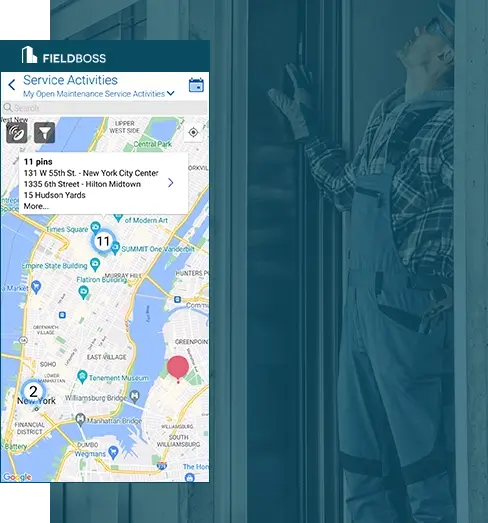
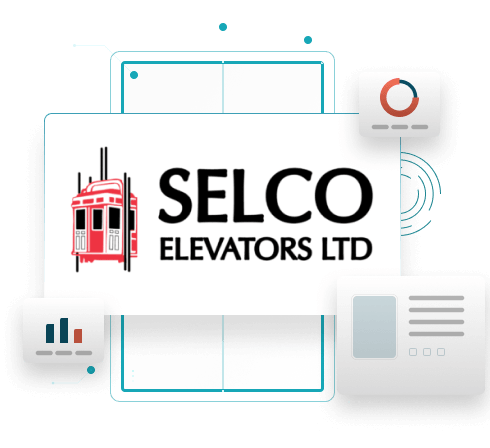
Selco Elevators
Learn how the largest independent elevator manufacturer in Toronto increased their workflow and performance with FIELDBOSS.
Read NowElevator Software Features
Features for Modern Elevator Companies
FIELDBOSS is an all-in-one elevator software solution that includes every feature your business needs in a single, integrated platform. From scheduling routes to managing modernization projects, you get the full suite—built to handle the demands of elevator service, repair, and construction companies.
-
Elevator CRM Software
Track service contracts, customer assets, and building details so you always know the full history of every elevator under management.
Explore CRM features -
Elevator Scheduling Software
Optimize technician schedules and routes to reduce downtime and ensure faster response times for elevator service calls.
See scheduling details -
Elevator Maintenance Management Software
Automate recurring preventive maintenance tasks to keep elevators compliant and operating safely.
View maintenance management -
Elevator Payroll Software
Connect time tracking from service jobs directly to payroll for accurate labor cost management.
Review payroll functionality -
Elevator Accounting Software
Gain financial visibility into projects, contracts, and service work—all tied into one accounting system.
Explore accounting features -
Elevator Sales Software
Manage modernization bids, proposals, and service agreement renewals in a streamlined sales pipeline.
See sales tools -
Elevator Dispatch Software
Assign the right technician to the right job with real-time dispatching and mobile communication.
Learn about dispatching -
Elevator Project Management Software
Stay on top of elevator modernization and installation projects with tools for budgets, tasks, and timelines.
Explore project management -
Elevator Invoicing Software
Generate invoices tied to completed work orders so customers are billed accurately and promptly.
See invoicing features -
Elevator Reporting Software
Monitor KPIs like response times, contract profitability, and technician utilization with real-time reports.
View reporting tools -
Elevator Estimating & Quoting Software
Create accurate estimates for service work, repairs, and modernization projects in minutes.
Explore estimating features -
Elevator Work Order Management Software
Track work orders from creation to completion, ensuring no service request slips through the cracks.
See work order management -
Elevator Purchasing & Inventory Software
Manage parts and materials for repairs and modernization projects with integrated purchasing and inventory tools.
View purchasing features -
Elevator Mobile Software
Give field technicians mobile access to schedules, work orders, and building details right from their devices.
See mobile features
With FIELDBOSS, elevator companies don’t buy separate modules—you get the complete platform from day one. Every feature works together seamlessly to support service, modernization, and construction projects in one all-in-one system.















